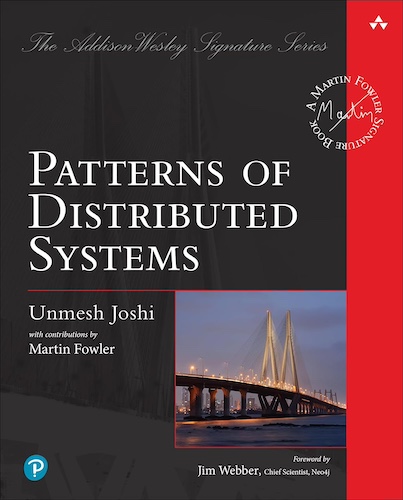Follower Reads
Serve read requests from followers to achieve better throughput and lower latency
Problem
When using the Leader and Followers pattern, it's possible that the leader may get overloaded if too many requests are sent to it. Furthermore, in a multi-datacenter setup where the client is in a remote datacenter, requests to the leader will be subject to additional latency.
Solution
While the write requests need to go to the leader to maintain consistency, the read-only requests can instead go to the nearest follower. This is particularly useful when clients are mostly read-only.
for more details go to Chapter 16 of the online ebook at oreilly.com
This pattern is part of Patterns of Distributed Systems
23 November 2023

